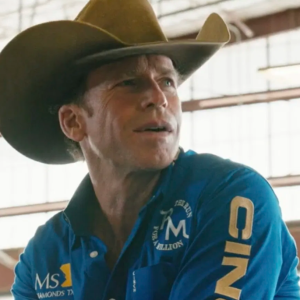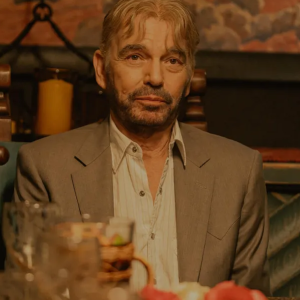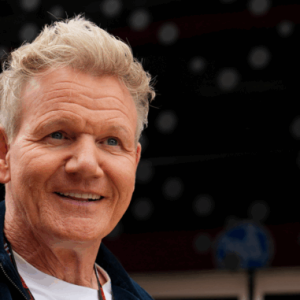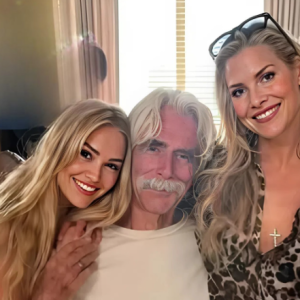The Yellowstone universe, known for its sprawling narratives of land, family, and power, delves into some of America’s most brutal historical realities through its prequel series, 1923. Perhaps its most terrifying and historically accurate portrayal is that of the Indigenous boarding schools, institutions that existed with the explicit goal of forcibly assimilating Native American children into white Western culture. These horrific establishments, depicted with unflinching detail in 1923, were founded by Western settlers during the Westward Expansion, systematically displacing and dismantling Indigenous communities.
The storyline of Teonna Rainwater in 1923 stands as the darkest chapter in the Yellowstone saga to date, exposing the rampant abuse within Catholic boarding schools across the United States and Canada during the early 20th century. The scenes centered on Teonna’s ordeal are deeply disturbing but critically important to the overall narrative, serving as a powerful, necessary reflection of a painful historical truth. The primary objective of these so-called “Indian Schools” was to erase Indigenous identity: children were forbidden from speaking their native languages, stripped of their tribal names, forced into Christian baptisms, and systematically denied their cultural heritage. This brutal policy paved the way for generations of inhumane treatment, leaving indelible scars on America’s Indigenous nations.
As Jennifer Ehle, who portrays the complex and chilling Sister Mary in 1923, explained in an interview, characters like hers operated under a chilling philosophy: “You had to ‘kill the Indian to save the man.'” This belief dictated that forced assimilation was not only necessary but a moral imperative, compelling the removal of children from their families and the eradication of their cultural identity through isolation and abuse. While the majority of these residential schools have either been closed or significantly reformed since the late 20th century, the systemic culture of abuse they fostered continues to resonate, contributing to intergenerational trauma within Indigenous communities.

Despite the harrowing nature of Teonna’s experiences, Aminah Nieves, the actress who brings Teonna to life, emphasizes the profound importance of telling this story. As an Indigenous woman herself, Nieves views it as a sacred duty: “It’s our duty to tell our stories and to tell them as strongly, quickly, and powerfully as we can. It’s what we’re born into, and we’re storytellers from the jump… Continuing to tell our story as honestly as we can is very important.” This perspective underscores the show’s commitment to historical accuracy and its responsibility to illuminate a painful yet vital part of American history often overlooked or sanitized.
Beyond the specific horrors of the boarding schools, 1923 weaves the fictional Dutton family’s struggles for their Yellowstone Dutton Ranch into the rich tapestry of real American history. The series meticulously portrays the growth of ranching in Montana during the economically depressed and harsh era defined by the Great Depression, the challenges of Prohibition, and the lasting impacts of World War I. This historical authenticity grounds the fictional narrative, making the Duttons’ fight for survival feel both epic and deeply personal against a backdrop of widespread societal upheaval.
The cruel establishments known as the Indian Schools in 1923 are not only a haunting aspect of that series but also provide critical historical context for the original Yellowstone. Since the flagship series began, Chief Thomas Rainwater, head of the Confederated Tribes of Broken Rock, has often been presented as an antagonist to John Dutton, relentlessly pursuing the return of the Yellowstone ranch, which he asserts rightfully belongs to his people. While Rainwater might initially appear as a villain to viewers accustomed to seeing the Duttons as protagonists, 1923 radically reshapes this perception. The prequel reveals the generational cruelty, abuse, and land theft perpetrated against Indigenous peoples by those whose descendants now lay claim to the very land Rainwater seeks to reclaim. This historical backdrop fundamentally recontextualizes Rainwater’s fight, positioning him not merely as a land-hungry opponent but as a hero seeking justice and restitution for generations of systemic injustice. His struggle becomes a microcosm of the larger battle for Indigenous sovereignty and cultural survival.
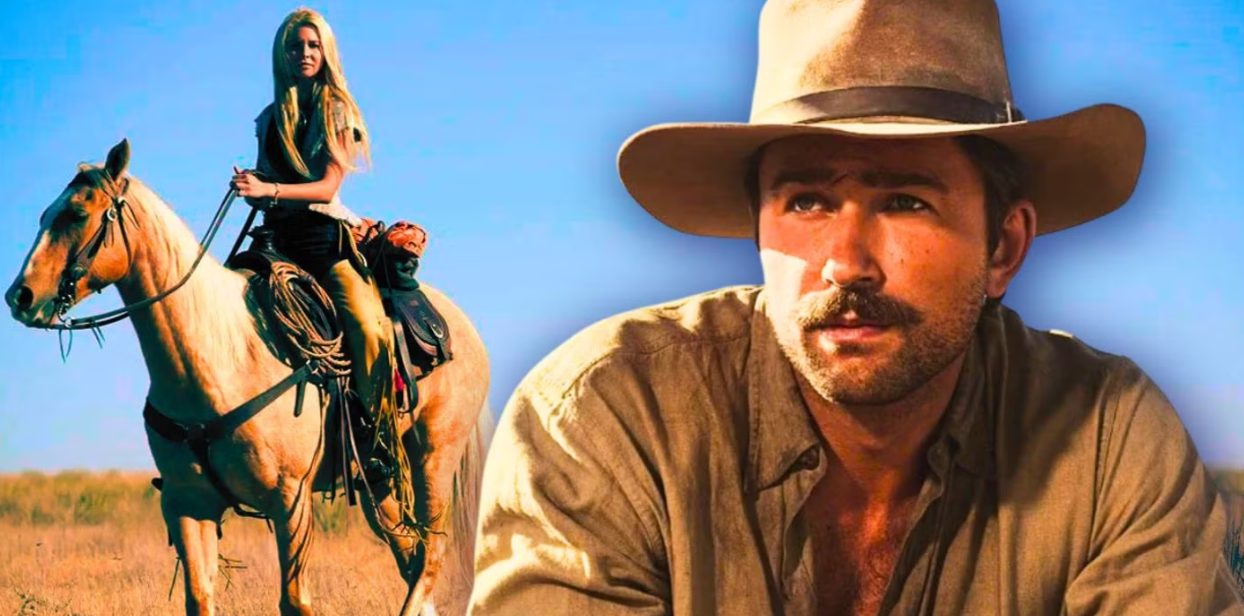
The intensity of filming the boarding school scenes, particularly those depicting abuse, required immense care and respect on set. Aminah Nieves and Jennifer Ehle both spoke about their approach to these difficult moments, noting that even the first scene of Sister Mary beating Teonna was filmed on their very first day together. Nieves highlighted the “well-established boundaries” and mutual respect between the actors, ensuring a safe environment during such harrowing portrayals. The actors also delved into their characters’ motivations. Nieves explained that Teonna’s violent retaliation against Sister Mary, while brutal, was a desperate act of self-preservation and an effort to protect others in the room, not an act of malice. This nuanced portrayal emphasizes the profound moral complexity inherent in such desperate circumstances. Nieves consistently expresses deep pride and a sense of responsibility in bringing these stories to a larger audience, underscoring that the legacy of these institutions “lives with us whether we want it to or not. It’s going to live with our children.”
The profound connection between Teonna’s experiences and Thomas Rainwater’s ongoing battle in Yellowstone subtly hints at a deeper lineage. The possibility that Teonna could be an ancestor of Chief Thomas Rainwater adds a powerful layer to the narrative, suggesting that the abuse endured by characters like Teonna directly fuels the righteous anger and determination seen in Rainwater’s efforts. Both characters, despite their different eras and positions, embody the enduring struggle of Indigenous Americans against systemic oppression, highlighting how little has truly changed in the white government’s treatment of Native populations since the 1800s. This potential familial link strengthens the thematic continuity across the Yellowstone universe, underscoring that the fight for land is intrinsically linked to the fight for identity, history, and justice.
While 1923 provides crucial historical context for the Duttons and their conflicts, other Yellowstone spinoffs also ground their narratives in historical reality. 1883, the earliest installment in the timeline, meticulously portrays the harsh realities faced by early frontier settlers during the late 19th-century Westward Expansion. It depicts the myriad dangers, from disease and extreme weather to rampant lawlessness and thievery, that defined this brutal way of life. Unlike 1923, 1883 further intertwines its fictional characters with real-life historical figures, such as Billy Bob Thornton’s portrayal of Marshall Jim Courtright, a real-life sheriff of Fort Worth, and Tom Hanks’ cameo as General George Meade. This commitment to historical authenticity across the entire Yellowstone franchise elevates the storytelling, allowing the series to explore complex themes of legacy, conquest, and resilience against the rich, often painful, backdrop of American history.
